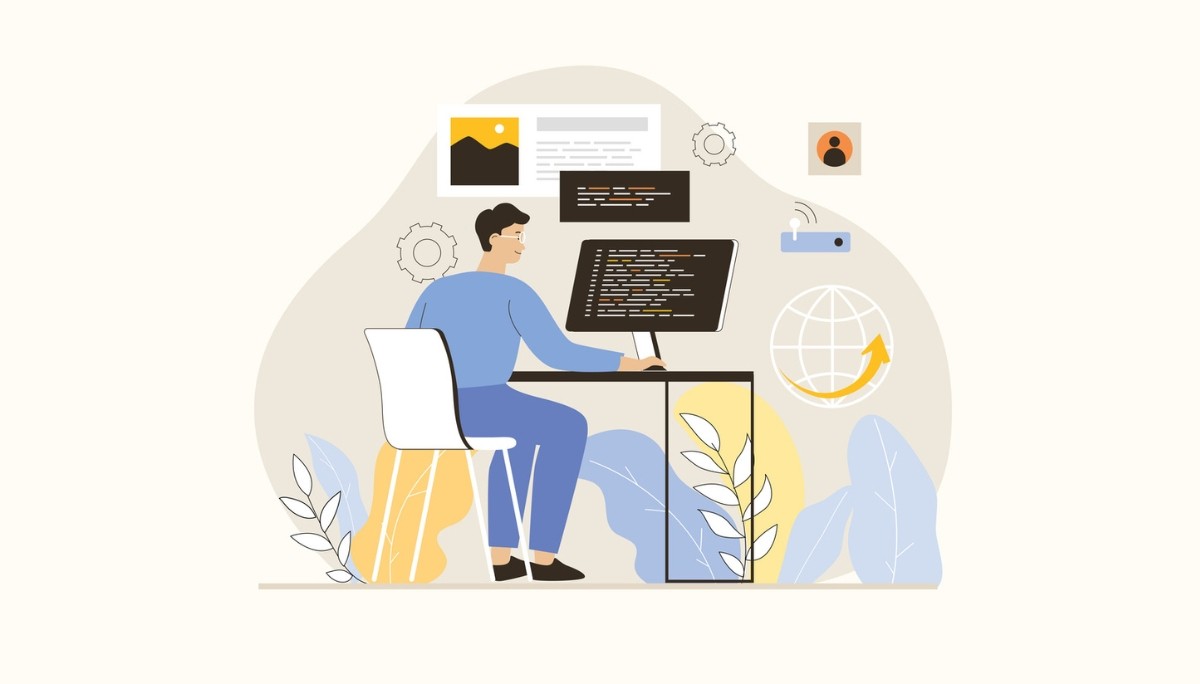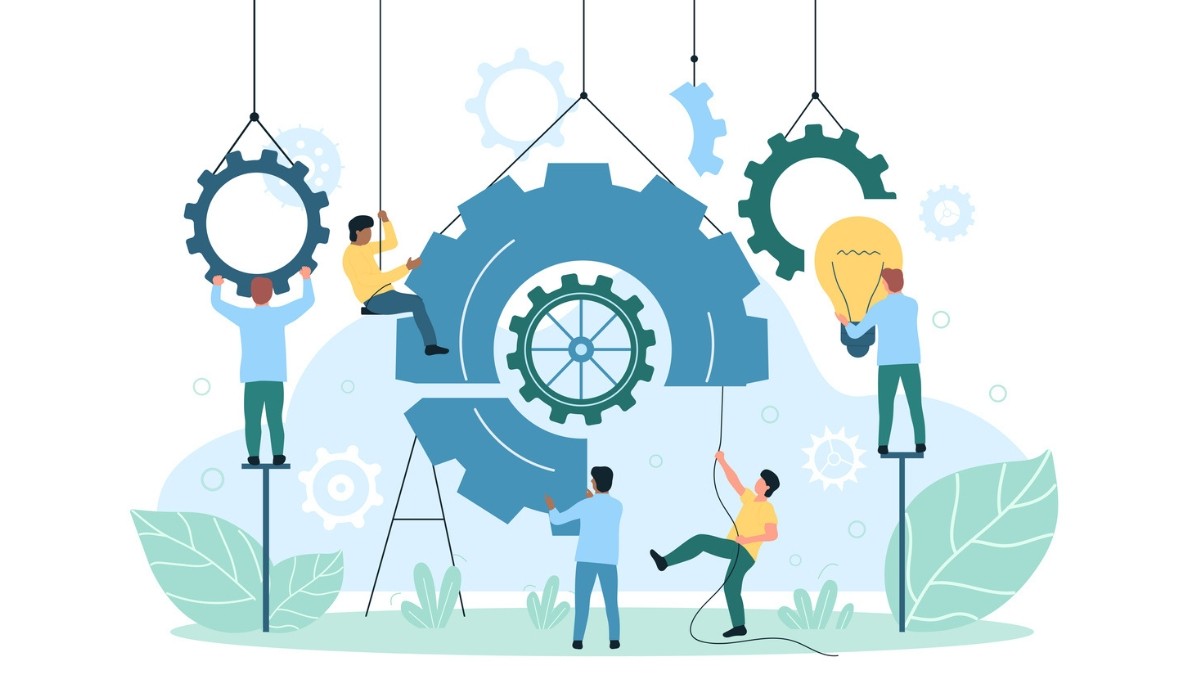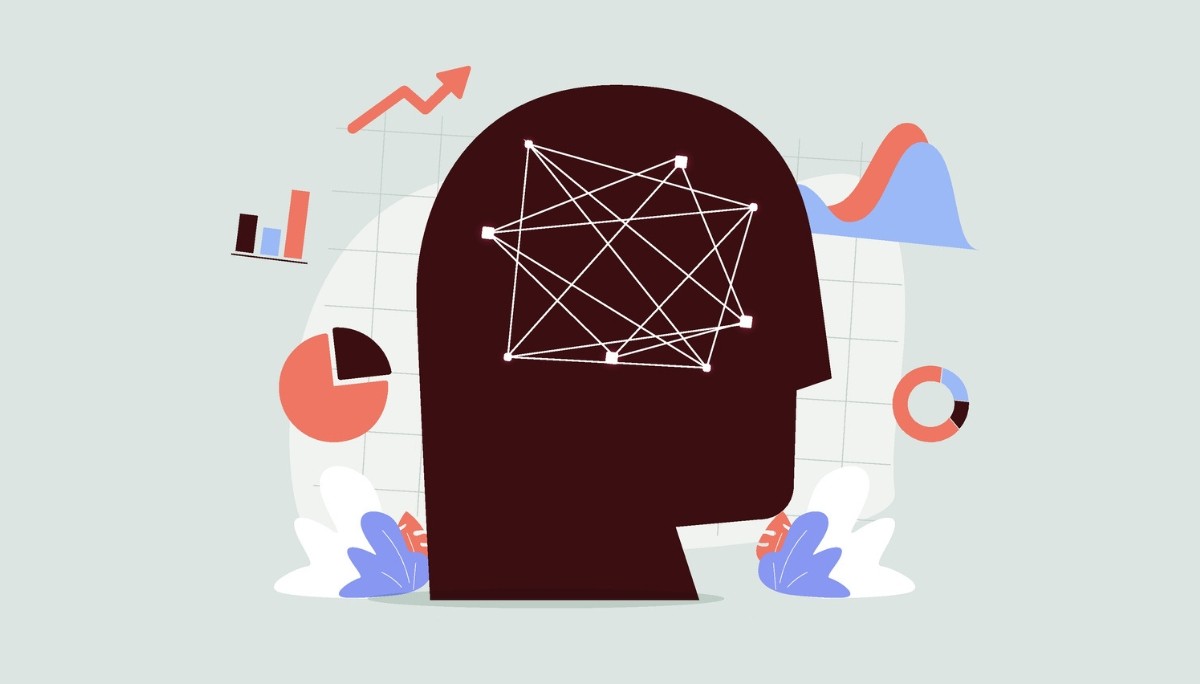Top Open Source Projects for AI Engineers to Learn and Contribute
By
Samantha Cox
•
Jun 17, 2025
If you’re serious about growing as an AI engineer, open source isn’t optional, it’s where the real-world learning happens. The best projects can connect you with engineers solving cutting-edge problems in the open. Whether you're looking to build your portfolio, explore new frameworks, or contribute to something bigger than yourself, these open source projects offer the experience, community, and impact you're after.
Key Takeaways
Open source projects are essential for AI engineers, offering a variety of opportunities to learn and contribute, fostering innovation and collaboration.
Key projects like TensorFlow, PyTorch, and Keras provide support for both beginners and experienced developers, making advanced AI tools accessible.
Contributing to these projects not only enhances skills and career prospects but also plays a crucial role in the advancement and democratization of AI technology.
Top 15 Open Source Projects for AI Engineers

With so many open source projects out there, it’s easy to feel lost in the noise. That’s why we’ve handpicked 15 standout projects for AI engineers, each known for pushing the field forward, backed by strong communities, and offering real opportunities to learn and contribute. Whether you're just getting started or looking to go deeper, these projects strike the right balance between cutting-edge tech and approachability.
Here’s a quick overview of these featured projects:
TensorFlow
PyTorch
Keras
Apache MXNet
Caffe
OpenCV
Hugging Face Transformers
Scikit-learn
Fastai
Horovod
DVC
MLflow
ONNX
AllenNLP
Ludwig
These projects have been chosen not just for their technical prowess but also for their vibrant communities and opportunities for contribution. Each project is a gateway to learning new skills, collaborating with other projects, and making a significant impact in the world of AI. Let’s dive deeper into each of these projects and explore what makes them special.
Introduction
The open source model is a cornerstone of the modern AI ecosystem. It encourages a collaborative ecosystem that drives innovation and fosters partnerships across various domains. Contributing to open source projects allows AI engineers to democratize access to advanced technologies, making cutting-edge open source software tools available to everyone. This not only accelerates the pace of innovation but also promotes transparency and trust in AI systems.
One of the most exciting trends in AI development is the integration of multiple specialized agents to collaborate on complex tasks. Open source platforms provide the infrastructure needed to tackle these computationally intensive challenges, making AI development more accessible and efficient. A wealth of resources and support is available for both first-timers and seasoned contributors.
Contributing to open source projects is more than just writing code. It’s about participating in a global conversation, sharing insights, and learning from others. It enhances one’s career prospects, signals talent to employers, and showcases expertise. Engaging with the open source community drives innovation, uncovers new insights through advanced data analysis, and contributes to the betterment of technology and society.
TensorFlow
TensorFlow, developed by the Google Brain team, is a powerhouse in the world of machine learning, becoming one of the most widely used frameworks for building and deploying models. TensorFlow’s comprehensive ecosystem includes tools for every stage of the machine learning lifecycle, from data preprocessing to model training and deployment.
Contributing to TensorFlow offers several benefits and opportunities:
Enhances your skills and gains recognition in the AI community.
Your contributions will be seen by a large audience due to the project’s popularity.
The vibrant community provides ample support for new contributors.
Opportunities exist for improving the core library, building new tools, or enhancing documentation.
PyTorch
Developed by Facebook’s AI Research lab, PyTorch has quickly become a favorite among AI engineers. Key features include:
Based on Python and the Lua-based Torch framework
Offers GPU acceleration for enhanced performance
Uses a ‘define-by-run’ methodology that allows for dynamic construction of computation graphs during execution
Highly flexible and intuitive for developers
PyTorch’s automatic differentiation engine simplifies the calculation of gradients essential for training neural networks. This makes it easier for developers to experiment and iterate quickly.
PyTorch’s support for CUDA enables efficient computations on NVIDIA GPUs, further enhancing its performance. PyTorch’s user-friendly design and active community provide a welcoming environment for new contributors.
Keras
Keras is a high-level neural network API designed to make deep learning accessible and straightforward. Key features include:
User-friendly interface that allows developers to build and train neural networks with minimal code
Includes a diverse range of built-in layers crucial for constructing complex models
Ideal choice for rapid prototyping
Keras runs on various backend frameworks, including TensorFlow, PyTorch, and Jax, offering flexibility to developers. This flexibility allows developers to choose the backend that best suits their needs without changing their code.
The vibrant Keras community offers tutorials, code examples, and support, making it ideal for new contributors.
Apache MXNet
Apache MXNet stands out for its hybrid programming interface, Gluon, which allows for efficient model prototyping while maintaining high training speeds. This flexibility makes MXNet a powerful tool for both research and production environments. The framework is designed to scale across multiple GPUs, achieving nearly linear performance improvements as additional GPUs are utilized.
MXNet supports both imperative and symbolic programming, catering to developers’ preferences and enhancing model training efficiency. It is optimized for deployment across various environments, from low-powered devices to large cloud servers, allowing for flexible application in different scenarios.
Working on MXNet provides an opportunity to engage with a cutting-edge and versatile project.
Caffe
Caffe, developed by Berkeley AI Research (BAIR), is specifically designed for deep learning tasks, making it particularly effective in image classification, object detection, and image segmentation. The framework includes a variety of layer types, such as convolutional, pooling, and fully-connected layers, for building neural network models. Its performance and efficiency make it a popular choice for tasks requiring high speed and accuracy.
Caffe’s Model Zoo offers pre-trained models that users can leverage to create transfer learning, saving time and resources. The configuration files enable users to define the architecture of neural networks in a structured manner, making it easier to experiment and iterate.
Caffe offers opportunities to work on high-impact projects that push the boundaries of deep learning.
OpenCV
OpenCV is an open-source computer vision and machine learning software library that has become a cornerstone of real-time image processing and computer vision applications. It offers:
Over 2500 optimized algorithms.
Support for a wide range of tasks, from basic image processing to advanced object recognition and facial detection.
Emphasis on computational efficiency, making it ideal for real-time applications.
OpenCV supports a wide range of programming languages, including programming language C++, Python, Java, and Ruby.
Companies like Google, Intel, and IBM use OpenCV in their app, highlighting its versatility and reliability.
OpenCV provides a robust platform for contributors to work on projects with real-world impact
Hugging Face Transformers
The Transformers library by Hugging Face has revolutionized natural language processing (NLP) by providing:
State-of-the-art models for tasks like text generation and image segmentation.
A user-friendly design that allows developers to start using models with minimal setup, thanks to the Pipeline and Trainer classes.
Promotion of pretrained models, saving resources and improving performance.
One of the greatest strengths of the Transformers library is its vibrant community:
Numerous contributors provide support, share experiences, and enhance documentation.
The community creates a welcoming environment for new contributors.
New users can start making valuable contributions right away by addressing beginner-friendly issues listed as ‘Good First Issue’ in the repository.
Scikit-learn
Scikit-learn is designed to provide straightforward and effective tools for predictive data analysis. Built on popular libraries like NumPy, SciPy, and matplotlib, Scikit-learn enhances its functionality and ease of use. Its user-friendly interface makes advanced machine learning techniques accessible to beginners, making it a valuable tool for both new and experienced developers.
The library supports various machine learning tasks, including classification, regression, and clustering, making it a versatile tool for data analysis. Scikit-learn provides opportunities for contributors to improve the core library, enhance documentation, and assist other users in the community.
Fast.ai
Fast.ai is designed to simplify the process of training neural networks by using modern best practices and enhancing accessibility for users. The library emphasizes robust data augmentation techniques, which are crucial for enhancing the performance of machine learning models. However, its high-level abstraction can make it challenging for beginners to fully understand the underlying processes.
Despite this challenge, Fast.ai’s focus on accessibility and best practices makes it an excellent tool for both novice and expert users. Contributing to Fast.ai allows developers to improve the library’s functionality, enhance documentation, and support the community.
Horovod
Horovod simplifies the process of scaling single-GPU training scripts to utilize multiple GPUs, requiring minimal code alteration. It offers high performance, achieving about 90% scaling efficiency on large datasets with architectures like Inception V3 and ResNet-101. This makes it a powerful tool for distributed training.
One of Horovod’s unique features is Tensor Fusion, which improves performance by batching multiple small allreduce operations together. The framework can be run using Gloo, an open-source collective communications library, facilitating distributed training without needing MPI.
Horovod provides opportunities for contributors to work on advanced distributed training techniques and enhance performance.
DVC
DVC is a free and open-source tool designed for managing and versioning data, models, and experiments in machine learning projects. It allows users to manage large datasets, including images, audio, video, and text files, alongside their code, making it easier to track and reproduce experiments. This is particularly valuable for developers working on complex machine learning models.
DVC enables the creation of reproducible workflows by organizing the machine learning modeling process and tracking dependencies effectively. Users can track experiments within their Git repositories, allowing for comparison of results and restoration of experiment states.
DVC provides opportunities for contributors to enhance functionality and support the community through various developer UI components that write innovative requests and solutions.
MLflow
MLflow is designed to support the entire lifecycle of machine learning projects, making tasks like tracking experiments and managing model versions more efficient. The platform includes features such as:
Experiment logging
Parameter tracking
Visualization of model metrics
MLflow supports deployment across various environments, including local servers and cloud platforms, with built-in REST API serving. Its vendor-neutral design allows use in diverse settings without being tied to specific cloud services.
MLflow provides opportunities for contributors to write, fix, improve features, enhance documentation, and support the community by following the new feature contributing guidelines.
ONNX
The Open Neural Network Exchange (ONNX) is an open format built to represent machine learning models. With ONNX, developers can seamlessly switch between different inference engines without being constrained by the original framework. This flexibility makes ONNX a valuable tool for developers working on diverse AI projects.
Contributing to ONNX helps improve the compatibility and performance of AI models across various platforms. This not only enhances the usability of ONNX but also supports the broader AI community by promoting interoperability and efficiency.
AllenNLP
AllenNLP is an open-source library designed specifically for deep learning-based natural language processing (NLP) research and is built on PyTorch. Its design emphasizes extensibility and ease of use, allowing researchers to quickly implement state-of-the-art NLP models. This makes AllenNLP a powerful tool for advancing NLP research and developing new models.
AllenNLP provides numerous opportunities for contributors to enhance capabilities, improve documentation, and support the community. By contributing to AllenNLP, developers can help drive innovation in NLP and make advanced techniques more accessible to researchers and practitioners. This effort has contributed to the growth of the platform.
Ludwig
Ludwig simplifies deep learning by:
Enabling model training and testing without any coding skills.
Allowing users to define models through a simple tabular file and a YAML configuration file, making it accessible to those without extensive programming experience.
Utilizing a unique architecture with data type-specific encoders and decoders for varied input types, allowing for flexible and efficient model development.
The toolbox also provides a comprehensive set of standard visualizations to help users understand model performance and predictions. For contributors, Ludwig offers opportunities to enhance its functions, expand the types of encoders, decoders, and supported data formats, and support the community.
Contributing to Ludwig helps make deep learning more accessible and user-friendly for more people in a broader audience.
Summary
Contributing to open source projects is an invaluable experience for AI engineers. It not only enhances your skills and knowledge but also allows you to collaborate with a global community of developers and researchers. Projects like TensorFlow, PyTorch, Keras, Apache MXNet, Caffe, OpenCV, Hugging Face Transformers, Scikit-learn, Fastai, Horovod, DVC, MLflow, ONNX, AllenNLP, and Ludwig offer a wealth of opportunities for learning and innovation.
These projects span various domains, from machine learning and computer vision to natural language processing and data versioning. Each project has its own unique features and strengths, making them suitable for different types of contributions. Whether you’re interested in improving core libraries, building new tools, or enhancing documentation, there’s a place for you in the open source community.
By participating in these projects, you can help democratize access to advanced AI technologies, promote transparency and trust in AI systems, and drive innovation in the field. So, take the plunge, start contributing, and make your mark on the world of AI. Together, we can push the boundaries of what’s possible and create a brighter future for all.




